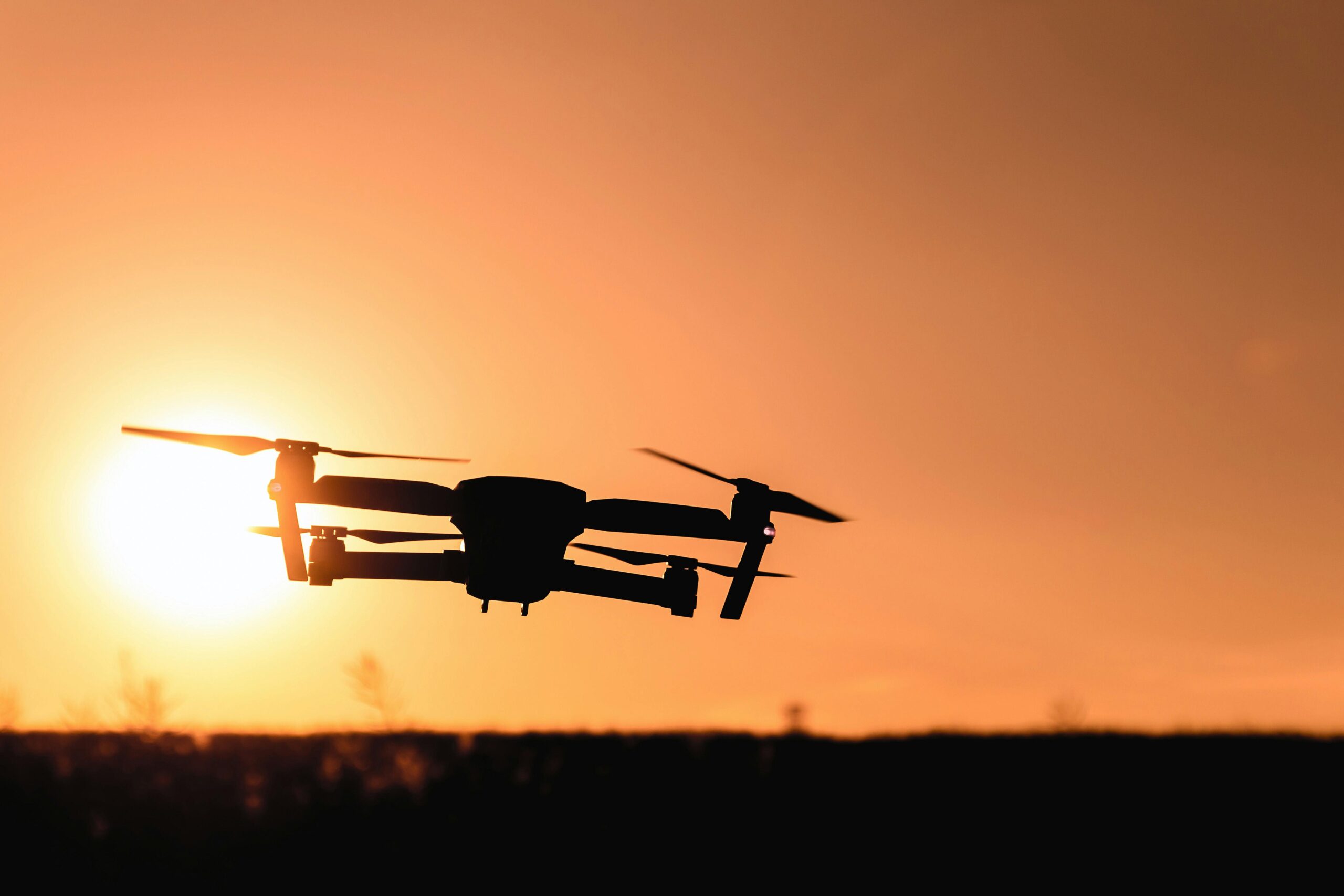Interceptor Drones: Future Sky Shield
In an era where drone technology has become both a boon and a threat, the rise of interceptor drones marks a significant milestone in modern defence and surveillance. Designed to detect, track, and neutralize unauthorized or hostile unmanned aerial vehicles (UAVs), interceptor drones are rapidly becoming a crucial asset in military, homeland security, and critical infrastructure protection domains.
What Are Interceptor Drones?
As a type of UAV, interceptor drones are designed for the specific purpose of locating and neutralizing other drones. Unlike other combat or surveillance drones which operate independently to gather information or deliver payloads, interceptor drones are employed with the singular mission of neutralizing drone threats. These defensive drones are designed to protect airspace from unauthorized drone incursions, whether for espionage, contraband, or terrorist activities.
They are fitted with sensors, high-speed motors, and various other systems for interception, including nets, kinetic projectiles, jammers, or even kamikaze-style self-detonation. Some models are equipped with AI to make independent decisions while pursuing and tracking targets.
The Growing Need for Drone Interceptors
As the commercial and recreational use of drones becomes increasingly common, incidents involving rogue or weaponized drones are on the rise. Unauthorized drone flights over airports and public events, as well as drones used for smuggling contraband into prisons or by insurgents in conflict zones, pose significant and growing threats.
Several notable incidents underscore the urgency of addressing this issue:
- Gatwick Airport Disruption: A series of drone sightings near the runway led to a 36-hour shutdown of the UK’s second-busiest airport, affecting over 1,000 flights.
- Ukraine-Russia Conflict: Both sides have extensively utilized drones, including interceptor drones, marking a significant shift towards large-scale drone warfare.
These incidents reveal the limitations of traditional defense systems in detecting and countering small, fast-moving UAVs. As a result, there is a growing global demand for specialized counter-UAV technologies, particularly interceptor drones.
Types of Interceptor Drone Systems
Interceptor drones can be classified based on their methods of neutralizing threats:
- Kinetic Interceptors: These drones physically engage with the target using various techniques, such as:
- Kamikaze Approach: Colliding directly with the rogue drone.
- Net Deployment: Launching nets mid-air to capture the target.
- Grappling Mechanisms: Utilizing extendable arms or hooks to bring down the threat.
For instance, the Fortem DroneHunter employs radar to detect rogue drones and then deploys a net to disable and retrieve them in mid-air.
- Electronic Warfare Interceptors: These drones are equipped with jamming technology that disrupts the command and control signals of rogue drones, compelling them to land or return to their base. Some systems also utilize GPS spoofing to misdirect the target drone into safe zones for neutralization.
- Directed Energy Weapons (DEW) Carriers: Currently in development or early deployment, these interceptor drones feature lasers or microwave weapons designed to disable the electronics of hostile UAVs. While primarily intended for military applications, they offer the potential for high-speed, long-range neutralization with minimal collateral damage.
Market and Industry Outlook
The global market for counter-drone systems, including interceptor drones, is experiencing rapid growth. Market research indicates that the counter-UAV sector is projected to exceed $6 billion by 2030, with interceptor drones representing a significant share of this expansion.
Some of the Key players in this industry include:
- Fortem Technologies (USA): Renowned for its DroneHunter system.
- Dedrone (Germany/USA): Provides comprehensive drone detection and mitigation solutions.
- D-Fend Solutions (Israel): Focuses on radio-frequency cyber takeover methods for rogue drones.
- DroneShield (Australia): Develops jamming and interceptor technologies.
India is also making strides in this field, with the Defence Research and Development Organisation (DRDO) actively developing indigenous counter-drone systems, including interceptor capabilities showcased at defence expos.
Challenges and the Road Ahead
Despite their potential, interceptor drones face several challenges:
- Battery Life: High-speed interception demands significant energy, limiting operational duration.
- Coordination with Detection Systems: Effective interception necessitates seamless integration with radar and RF detection systems.
- Urban Clutter and Obstacles: In urban environments, precise interception is crucial to avoid accidents.
- Scalability: Managing swarm attacks from multiple drones simultaneously presents a complex challenge.
Interceptor drones have transitioned from the realm of science fiction to become essential components of modern defense and security strategies. As threats from rogue and hostile UAVs continue to evolve, so too must our response mechanisms. With ongoing innovation and responsible deployment, interceptor drones represent a powerful, flexible, and increasingly vital solution for ensuring secure airspace in both military and civilian contexts.
